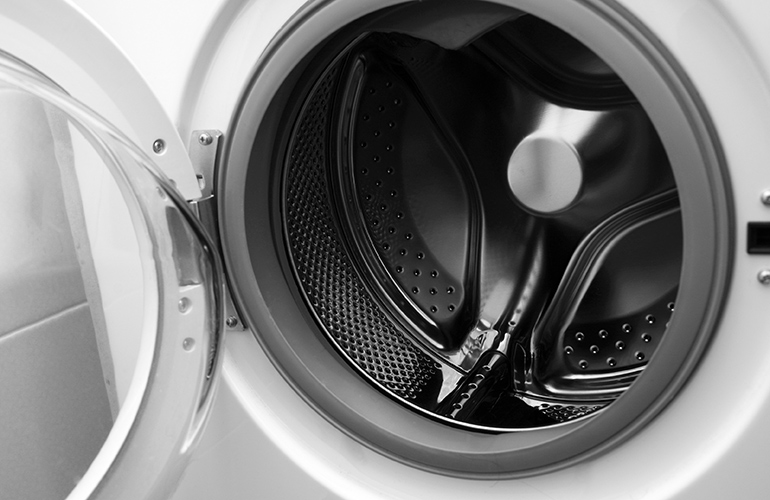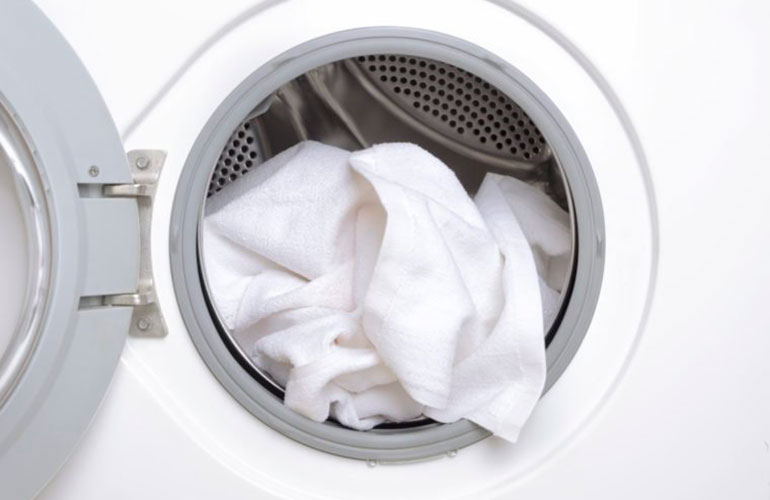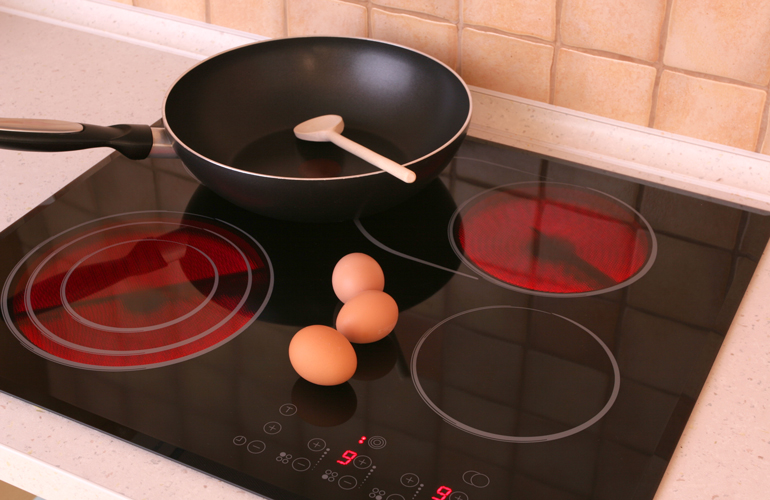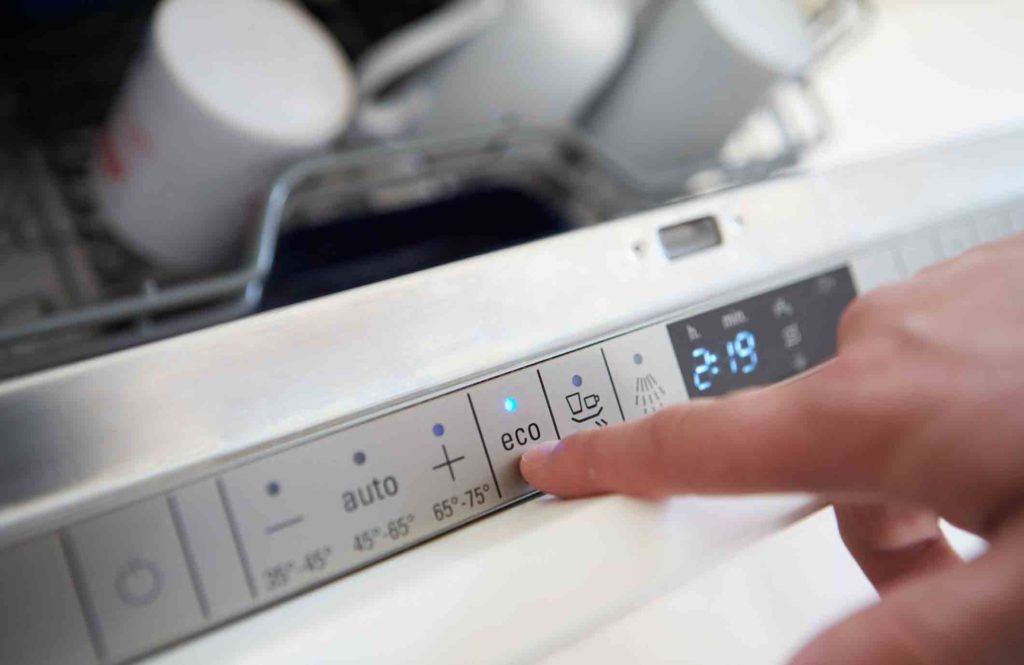Preserve those precious appliances

Appliances eventually wear out. Certain parts simply fail with time. It’s inevitable. But abuse and neglect can speed up the breakdown rate of ovens, dishwashers, fridges, clothes dryers and washing machines, helping to keep repairmen busy. Here are some of the most common ways that homeowners contribute to the demise of their appliances, along with advice for avoiding these errors.
Here are even more ways you’re shortening the life of your home appliances.
Washing machines

How to ruin it:
Coins and metal objects — Some parts are easy to replace, but damage to the inner drum or outer tub, caused by coins or metal objects left in pockets, can sound the death knell for your machine. Inner-drum damage can result in torn or pulled clothing, while outer-tub damage can lead to leaks. The high price of such a major appliance, plus the cost of installation, makes any repairs or replacement prohibitively expensive.
Repairman’s tip
- Never wash anything with heavy metal fasteners.
- Always check the pockets of clothing before placing them in the drum of your machine.
Bonus tip
- Overloading your machine may not ruin it, but it will create additional wear and tear on certain parts, such as bearings and suspension, making them prone to premature failure and forcing you to call the repairman or fix it yourself. Be sure to always follow the manufacturer’s suggestions for load size.
Discover 16 things you never knew you could put in the washing machine.
Clothes dryers

When the typical 5kg load of laundry comes out of the washing machine, it can contain up to 2 litres of water. The dryer’s job is to remove this water. It heats the clothes, converting the water in them into water vapour and forcing it out of the dryer through the exhaust vent, along with any fluff and lint.
How to ruin it:
Not cleaning out excess lint – Any build-up of lint and fluff in the filter dramatically reduces the airflow, so that your dryer has to work harder to dry your clothes, leading to increased running costs and possible premature failure. A more serious concern is the number of domestic fires linked to clothes dryers. Read your instruction manual carefully and clean the lint filter every time you use the dryer. If in doubt have it serviced by a technician to ensure all ducting and vents are free of lint.
Repairman’s tip
- Follow your dryer manual’s instructions for proper venting. Whenever possible replace plastic or vinyl exhaust hoses with rigid or flexible metal venting, making the pathway from the dryer to the outside vent as straight as possible.
- Make sure that you remove any lint and fluff from all the accessible places in the dryer where they tend to collect – the back, air vents, around the mouth of the lint filter and around the door. Once a year, it may be worth getting a professional to clean the interior of your machine.
Bonus tip
- Ensure that all accessible lint filters are cleaned after each use, as this ensures that the dryer works to peak performance.
- Clean and check the vent hose or duct regularly.
- Get the inside of the dryer inspected for lint and fluff build-up and cleaned on a regular basis.




